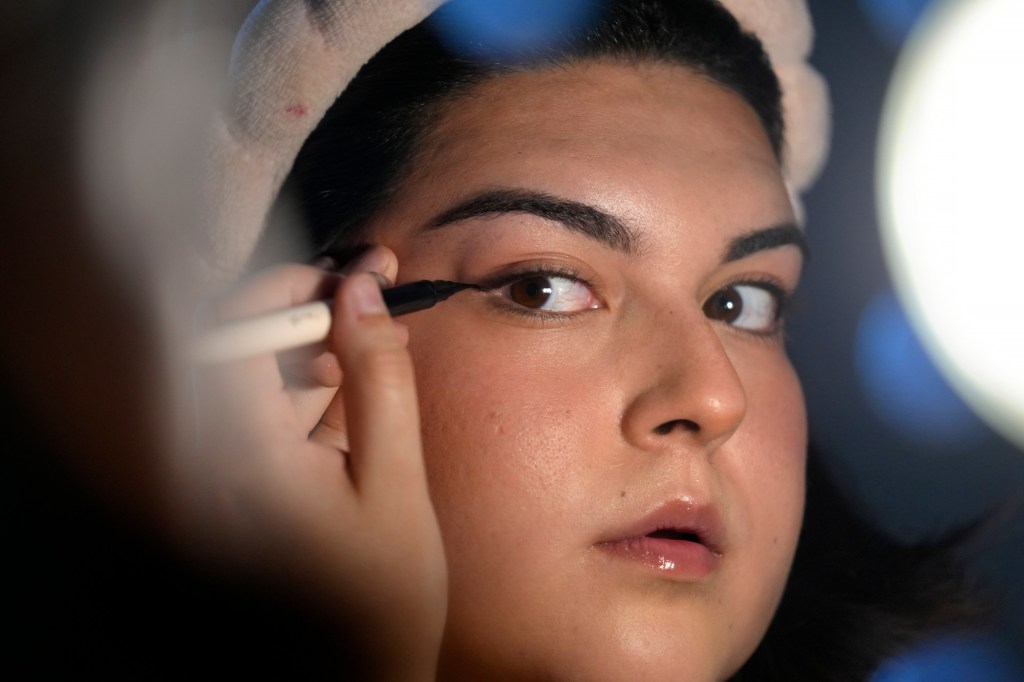By ANNE D’INNOCENZIO, HALELUYA HADERO and DEE-ANN DURBIN
NEW YORK — TikTok and its bite-sized videos arrived in the United States as a global version of the Chinese app Douyin. Less than six years later, the social media platform is deeply woven into the fabric of American consumerism, having shortened the shelf life of trends and revamped how people engage with food and fashion.
The popularity of TikTok coupled with its roots in Beijing led Congress, citing national security concerns, to pass a law that would ban the video-sharing app unless its Chinese parent company sells its stake. Both the company, ByteDance, and TikTok have sued on First Amendment grounds.
Interest in bright pink blush and brown lipstick soared last year, for example, after the cosmetics were featured in TikTok videos with looks labeled as “cold girl” and “latte” makeup. An abundance of clothing fads with quirky names, from “cottagecore” to “coastal grandma,” similarly owe their pervasiveness to TikTok.
Plenty of TikTok-spawned crazes last only a week or two before losing steam. Yet even mini trends have challenged businesses to decipher which ones are worth stocking up for. A majority of the more than 170 million Americans who use TikTok belong to the under-30 age group coveted by retailers, according to the Pew Research Center. Whether fans of the platform or not, shoppers may have a #tiktokmademebuyit moment without knowing the origin story behind an eye-catching product.
What made TikTok such a trendsetter compared to predecessor platforms? Researchers and marketing analysts have often described the platform’s personalized recommendation algorithm as the “secret sauce” of TikTok’s success. The company has disclosed little about the technology it employs to populate users’ “For You” feeds.
Jake Bjorseth, founder of the advertising agency Trndsttrs, which specializes in Generation Z, thinks the app’s use of an interest-based algorithm instead of personal…
Read the full article here







